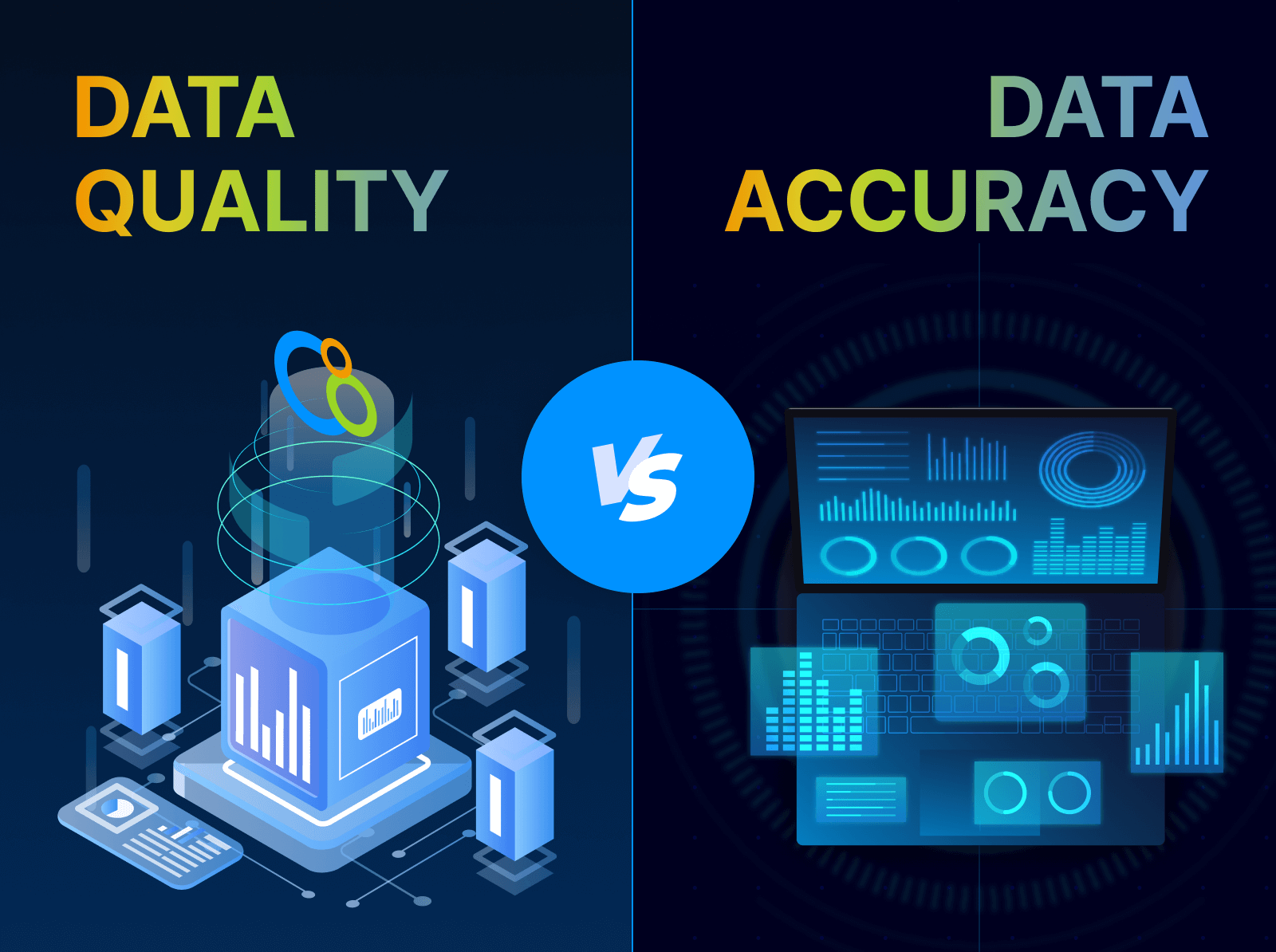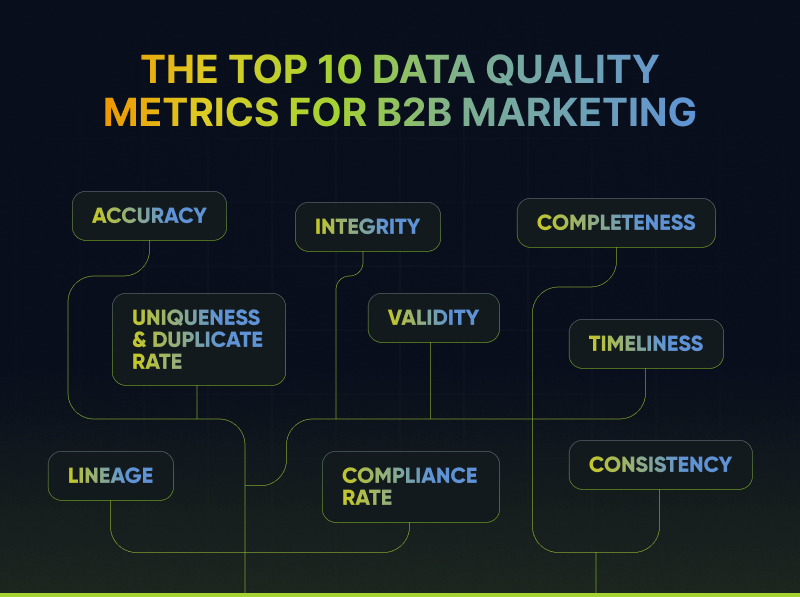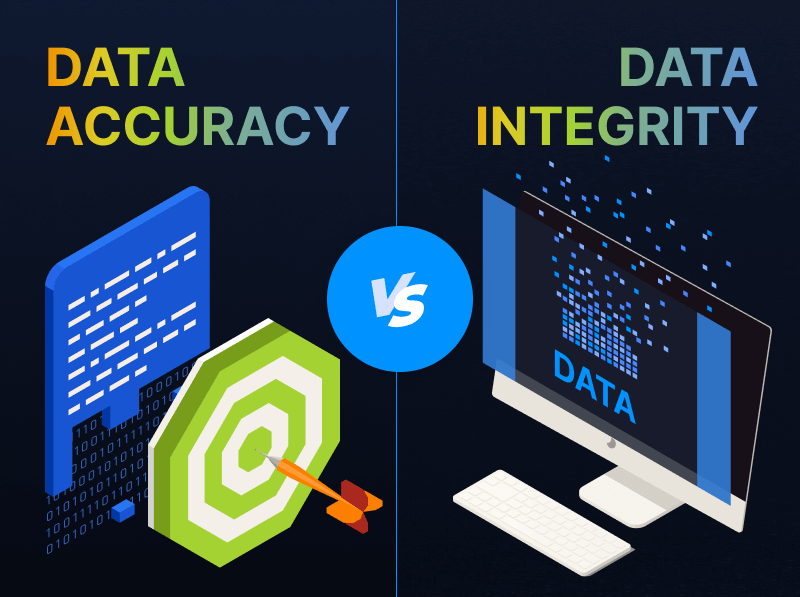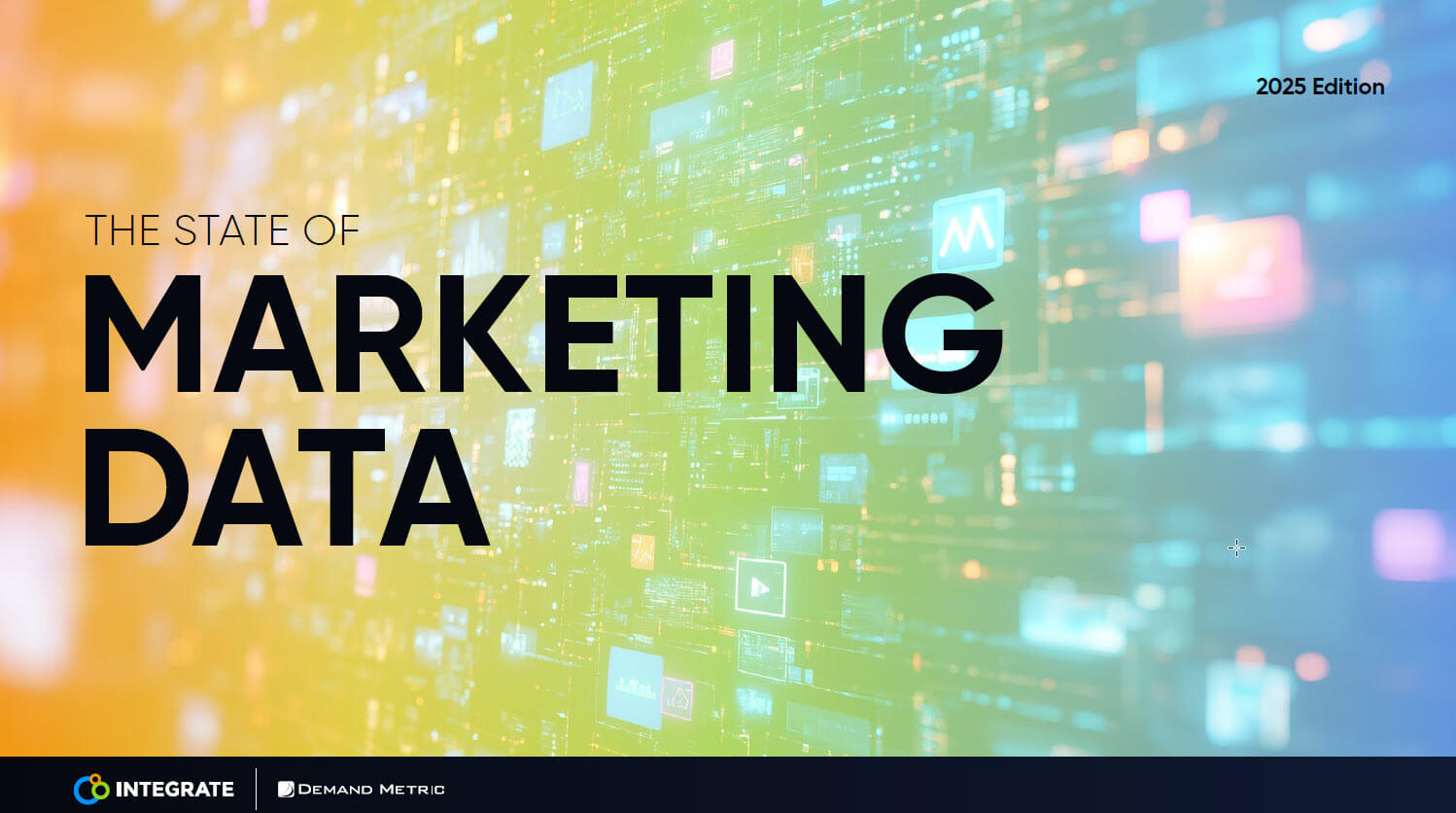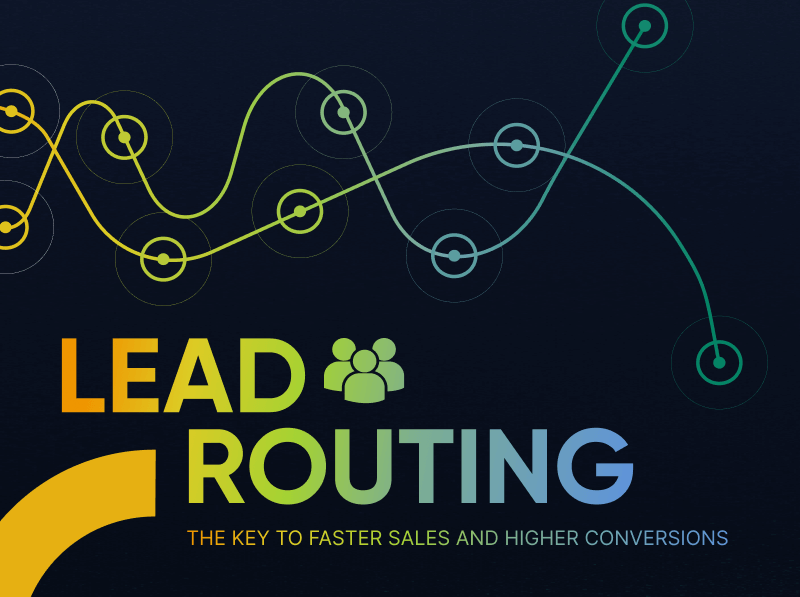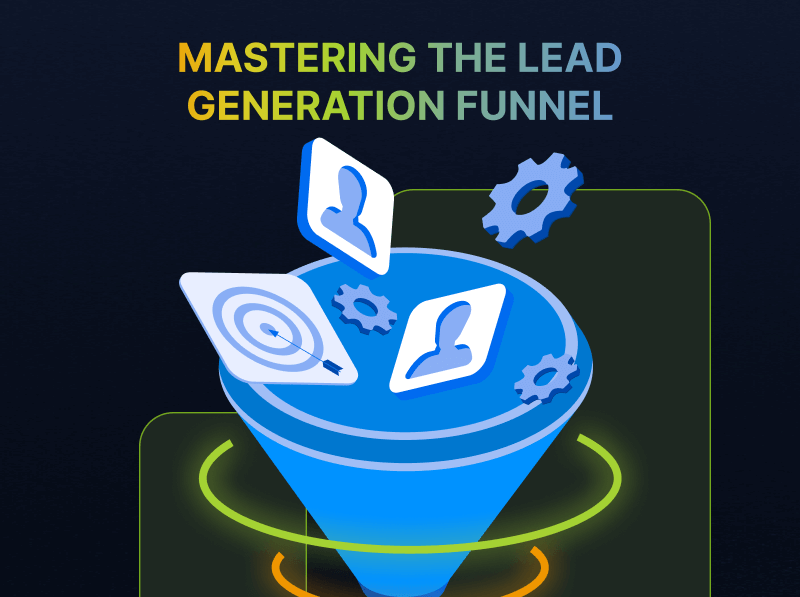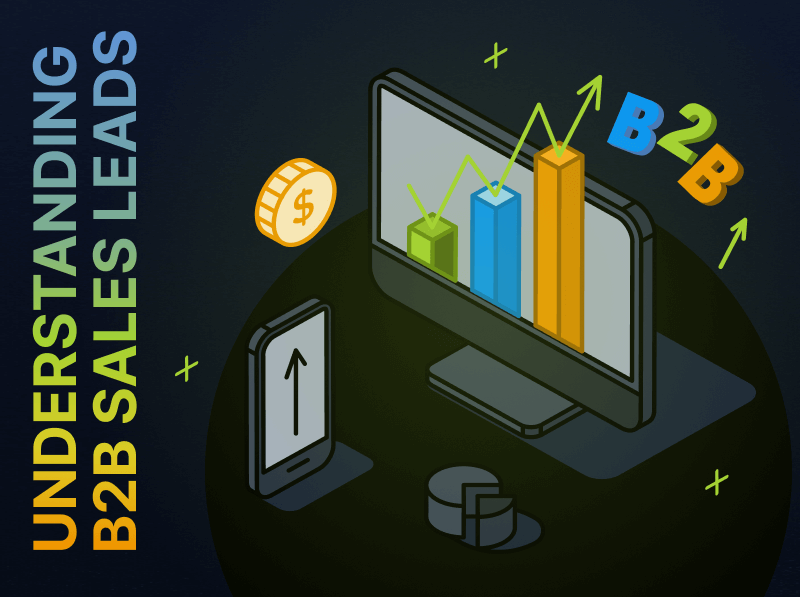CMO Viewpoint: My 2022 B2B Marketing Priorities
Well friends, just like that, it’s 2022. It goes without saying that the past two years have been a complete whirlwind. From the disruption brought on by the global pandemic, to a glimmer of hope with the vaccines, to the emergence of new virus variants, we’ve all had to bend and flex to the shifting tides. We’ve changed how we interact by going digital and remote, and altered our in-person activities to be more cautious and regional. And when it comes to the B2B marketing world, those universal behavioral changes translate to shifts in how we think about our teams, how they work together, and ultimately, a reshaping of our overall approach. In some ways, it feels like the “new normal” we’ve all been waiting for has come and gone. In its place is a new, new normal we’re still waiting to emerge.
Just about two years ago, and two months into the shutdown, I took on the role of CMO at Integrate, and I’ve been living and breathing this shift alongside our customers. For me, it’s a special privilege to look after marketing at a company whose customers are marketers. And, like many of our customers, it has become all too clear that our current B2B marketing toolkit of siloed, single-channel marketing efforts and a standalone account-based marketing approach just isn’t cutting it. In fact, we conducted a recent survey in conjunction with Heinz Marketing that found that a majority of B2B marketers (60%) are not entirely confident that their marketing strategy, technology, and team structure effectively supports their marketing goals. And that number climbed to 87% for ABM teams and 73% for revenue marketing teams.
Those are a lot of dissatisfied marketers.
While many of these challenges were becoming apparent pre-pandemic, there’s no doubt the last two years have changed the game even more. Why? Because amidst all this unsettled ground is a changed B2B buyer. A B2B buyer who looks, acts, and thinks more like their B2C selves. A buyer who is more connected than ever, digitally. A buyer who seeks the answers for themselves in a rep-free transaction. A buyer who will spend time with your brand long before they’ve even identified themselves as a potential new customer. And a buyer who can be fickle and can switch vendors on a dime.
What we marketers need is a new way forward that allows us to meet that buyer where they are. We need an approach that is more precise, connected, and agile. We call this “Precision Demand Marketing.” Precision Demand Marketing incorporates a buyer-centric view, an omnichannel-focus, and a focus on building connections. To succeed in today’s new world, we need to take this Precision Demand approach and apply it across 1) the marketing strategies and tactics we deploy to generate demand, 2) how our organizations are structured to do this, and 3) the investments, or lack thereof, we’ve made in martech. Those are my 2022 priorities.
A Buyer-Driven, Omnichannel Strategy
It’s clear that the “old ways” of marketing no longer work with today’s evolved buyers. We can’t convert them if we’re not connecting with them. We can’t manufacture connection through a controlled journey. Today’s marketing teams must deliver the right message at the right time and for the right buyer.
It seems painfully obvious, but it must be said: Accounts don’t buy from you – people do. Even in B2B. Many B2B marketers are just taking an account list from sales and calling it ABM. But what about doing so across an omnichannel journey? How do we truly connect with our customers? Take, for instance, connecting your ABM and display advertising to those who were at an event with content syndication. Precision Demand Marketing is a strategy that considers the buyers and accounts we know about, as well as a strategy for buyers and accounts we don’t know about. It’s about making your channels part of the sales process and creating the right content and messaging across the funnel.
Rethinking Your Team Structure
One of the most common conversations I have with CMOs today is how they’ve structured their organizations and what new roles they need for future success. If the world has changed and the buyers in it have new ways of transacting, why are we so set in our traditional, siloed team structures? Why do individual functional areas have their own agendas, their own metrics, and their own technology on which to achieve their results? Why is it that marketing efforts like events are measured differently than other demand channels? And why are they disconnected from our digital channels? Why do sales and marketing have competing goals? It’s time we moved beyond a purely marketing goal standpoint and truly considered goals from an overall company standpoint.
We need to consider how to strategically re-engineer our marketing teams to think beyond their individual siloed channels and in service of the buyer. After all, the most effective marketing and sales teams work together to ensure a consistent experience across all channels where buyers are spending their time and do research. And collectively, revenue teams must focus efforts on the specific wants, needs, interests, and behavior patterns of certain user segments to connect with and engage B2B buyers with in a more relevant way.
Ask yourself, “do I have the right people and right jobs in place?” Then, “what are we trying to achieve?” And then, “am I sharing my goals across the company?”
Ensuring Connected Technologies
These silos that manifest in a team’s structure and strategy are often tied to a piece of technology and budget. In today’s B2B marketing world, we shouldn’t care about leads anymore; we should be interested in how everything tracks to revenue. And we shouldn’t be limited by the confines of our existing technology stack.
When marketing and sales are focused on driving numbers of impressions, clicks in digital channels, focused on accounts rather than buyers, don’t have the right tech in place or are competing for buyers’ attention within silos, this results in fragmented, generic experiences that push buyers away.
B2B Marketing teams need to centralize their demand channels in one place that enables to them to:
- Target the right buyers and accounts
- Activate multi-channel campaigns to meet buyers where they are
- Connect your channels, your tech, and your partners together to enable a unified view of your buyers
- Measure cross-channel for greater visibility into Marketing’s performance and impact
- Govern your data compliantly – the foundation of your strategy - to enable precision at scale and deliver better experiences that resonate with buyers.
Marketing’s Next Step
In today’s world, we need to recognize that there is only one process, and that’s the buyer’s process. We need to meet our buyers where they are by taking an omnichannel approach. We need to deliver touchpoints designed around buyers’ needs, interests, and behaviors. We need to focus on building connections. And we need to measure what matters.
The sole job of marketing is to connect with buyers, to engage, and to help solve problems — to do this, we must think, act, and organize our teams, our tech and our approach differently, leveraging a Precision Demand approach.

